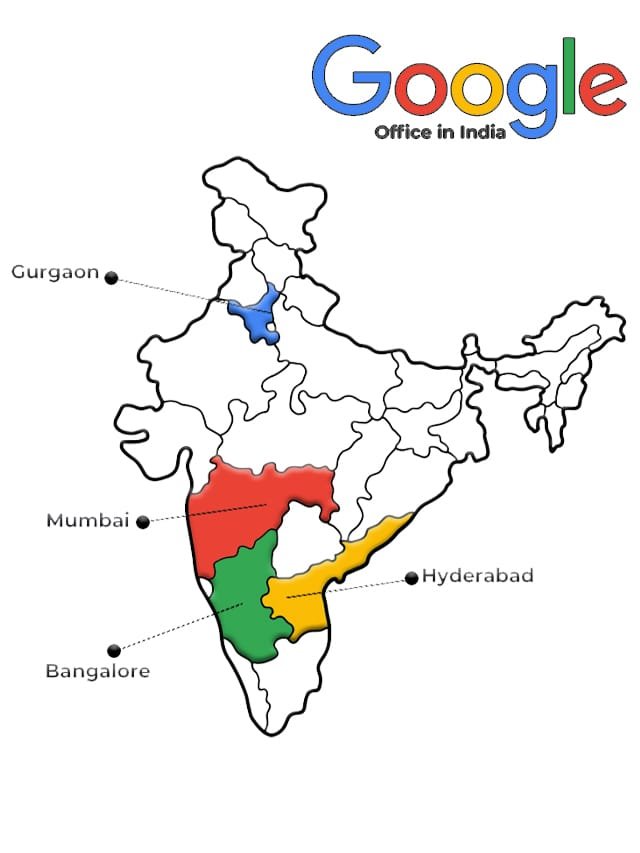Have you ever wondered what sets a front-end developer apart from a back-end developer? Or perhaps you’re curious about which career path might be the right fit for you in the ever-evolving field of web development? Understanding these distinctions is crucial for anyone interested in programming and software engineering. In this comprehensive article, we’ll delve into the key differences between front-end and back-end developers, providing you with valuable insights into each role, their responsibilities, and the skills needed to excel. Let’s explore this exciting world of web development!
What is Web Development?
Before diving into the specifics, let’s clarify what web development entails. Web development refers to the tasks associated with developing websites and applications for the Internet. It encompasses various aspects, including web design, programming, and database management. In this context, we categorize developers into two main roles: front-end developers and back-end developers.
The Restaurant Analogy
To grasp these concepts, think of web development as similar to the restaurant industry. The front end is like the dining area where customers interact and enjoy their meals, while the back end is akin to the kitchen, where chefs prepare food that customers never see. Both are essential to the overall experience, yet they serve very different purposes.
Understanding Front-End Development
What is a Front-End Developer?
A front-end developer focuses on the user interface (UI) and user experience (UX) aspects of a website or application. They are responsible for what users see and interact with. Their goal is to create visually appealing and intuitive designs that enhance the user’s journey.
Key Responsibilities of a Front-End Developer
- Client Interaction: Engaging with clients to understand their vision and requirements for the project.
- Visual Design: Collaborating with designers or independently creating the visual layout of a website, including color schemes, typography, and imagery.
- Testing and Debugging: Ensuring the website functions correctly by checking for issues and resolving bugs.
Front-End Development Languages and Frameworks
Front-end developers utilize various languages and frameworks to create interactive websites. Here are some of the most commonly used technologies:
| Language/Framework | Purpose |
|---|---|
| HTML | Structures content on web pages. |
| CSS | Styles web pages (fonts, colors). |
| JavaScript | Adds interactivity and dynamic features. |
| React JS | JavaScript library for building UI components. |
| AngularJS | Framework for building dynamic web applications. |
| Bootstrap | CSS framework for responsive design. |
Front-End Developer Salary
As of August 2023, the average salary for front-end developers in the U.S. is $79,786 per year . While this figure can vary based on experience, location, and company size, it reflects a healthy demand for skilled front-end developers.
Understanding Back-End Development
What is a Back-End Developer?
A back-end developer works on the server-side of applications, focusing on the functionality and performance of the website. They ensure that the front-end elements communicate effectively with the server and that data is processed correctly.
Key Responsibilities of a Back-End Developer
- Server Management: Building and maintaining the server and database architecture.
- Data Processing: Ensuring that the website retrieves and processes data accurately.
- API Development: Creating APIs (Application Programming Interfaces) to facilitate communication between the front end and back end.
Back-End Development Languages and Frameworks
Back-end developers also rely on a range of programming languages and frameworks, which include:
| Language/Framework | Purpose |
|---|---|
| PHP | Server-side scripting language. |
| Python | Versatile language for web applications. |
| Ruby | Language for building web applications. |
| Java | Object-oriented programming language. |
| Node.js | JavaScript runtime for server-side applications. |
| Django | Python framework for building web applications. |
| Spring | Java framework for enterprise applications. |
Back-End Developer Salary
The average salary for back-end developers in the U.S. is significantly higher than that of their front-end counterparts, at $99,464 per year . This salary reflects the complexity and critical nature of back-end development.
Key Differences Between Front-End and Back-End Developers
Now that we have a clear understanding of both roles, let’s break down the key differences between front-end and back-end developers in a comparison table.
| Aspect | Front-End Developer | Back-End Developer |
|---|---|---|
| Focus | User interface and experience | Server, application logic, and database |
| Languages Used | HTML, CSS, JavaScript | PHP, Python, Ruby, Java |
| Responsibilities | Designing visual elements, client interaction | Database management, API development |
| Interaction Level | High, frequently communicates with clients | Lower, often collaborates with other developers |
| Salary | Average of $79,786 per year | Average of $99,464 per year |
Skills Required for Front-End and Back-End Developers
Both front-end and back-end developers require a unique set of skills to excel in their respective roles. Here’s a breakdown of the essential skills for each:
Skills for Front-End Developers
- Proficiency in HTML, CSS, and JavaScript: These are the core languages for creating user interfaces.
- Responsive Design: Ability to create layouts that work on various devices and screen sizes.
- Version Control Systems: Familiarity with tools like Git for collaborative development.
- Understanding of UX/UI Principles: Knowledge of how to design user-friendly interfaces.
Skills for Back-End Developers
- Strong Programming Skills: Proficiency in languages such as Python, PHP, or Ruby.
- Database Management: Understanding how to work with SQL and NoSQL databases.
- API Development: Experience in creating and maintaining APIs.
- Server Management: Knowledge of server configurations and cloud services.
Career Path and Growth Opportunities
Becoming a Front-End Developer
To become a successful front-end developer, consider the following steps:
- Learn the Basics: Start with HTML, CSS, and JavaScript.
- Build Projects: Create personal projects or contribute to open-source to gain practical experience.
- Stay Updated: Follow industry trends and updates in front-end technologies.
- Consider Certifications: Enroll in courses or obtain certifications to enhance your credentials.
Becoming a Back-End Developer
If you’re interested in back-end development, here’s how you can get started:
- Master Programming Languages: Choose a back-end language and become proficient in it.
- Learn about Databases: Understand how to manage and interact with databases.
- Build Server-Side Applications: Develop projects that involve server-side logic and database interactions.
- Explore Cloud Technologies: Familiarize yourself with cloud services and their applications in back-end development.
FAQs
What is the primary difference between front-end and back-end development?
The primary difference lies in their focus: front-end development deals with the visual aspects and user experience of a website, while back-end development handles the server-side functionality and data management.
Can I be both a front-end and back-end developer?
Yes! A developer who is skilled in both areas is often referred to as a full-stack developer. This role involves understanding and managing both the front-end and back-end aspects of web development.
Which role pays better, front-end or back-end development?
On average, back-end developers tend to earn higher salaries than front-end developers, reflecting the complexity of their work and the critical nature of server-side development.
What skills should I focus on as a beginner?
As a beginner, focus on learning the basics of HTML, CSS, and JavaScript for front-end development, or a programming language like Python or PHP for back-end development. Building projects to apply your knowledge is crucial.
How can I stay updated on web development trends?
You can stay updated by following industry blogs, attending webinars, joining online communities, and participating in coding boot camps or workshops.
READ MORE : Top DevOps Certifications to Boost Your Career in 2024
Conclusion
In conclusion, understanding the differences between front-end developers and back-end developers is essential for anyone interested in pursuing a career in web development. Each role has its unique responsibilities, skills, and challenges, making them vital components of the web development ecosystem.
Whether you find yourself drawn to creating visually stunning interfaces or prefer the intricacies of server management, there’s a place for you in this exciting field. As you embark on your journey in programming and software engineering, remember that continuous learning and adaptability are key to success.
Thank you for reading! If you found this article helpful, consider joining CourseBhai.com for more insights on learning, courses, jobs, internships, and scholarships. Don’t forget to connect with us on social media and subscribe for push notifications and newsletters to get instant updates. Happy coding.












